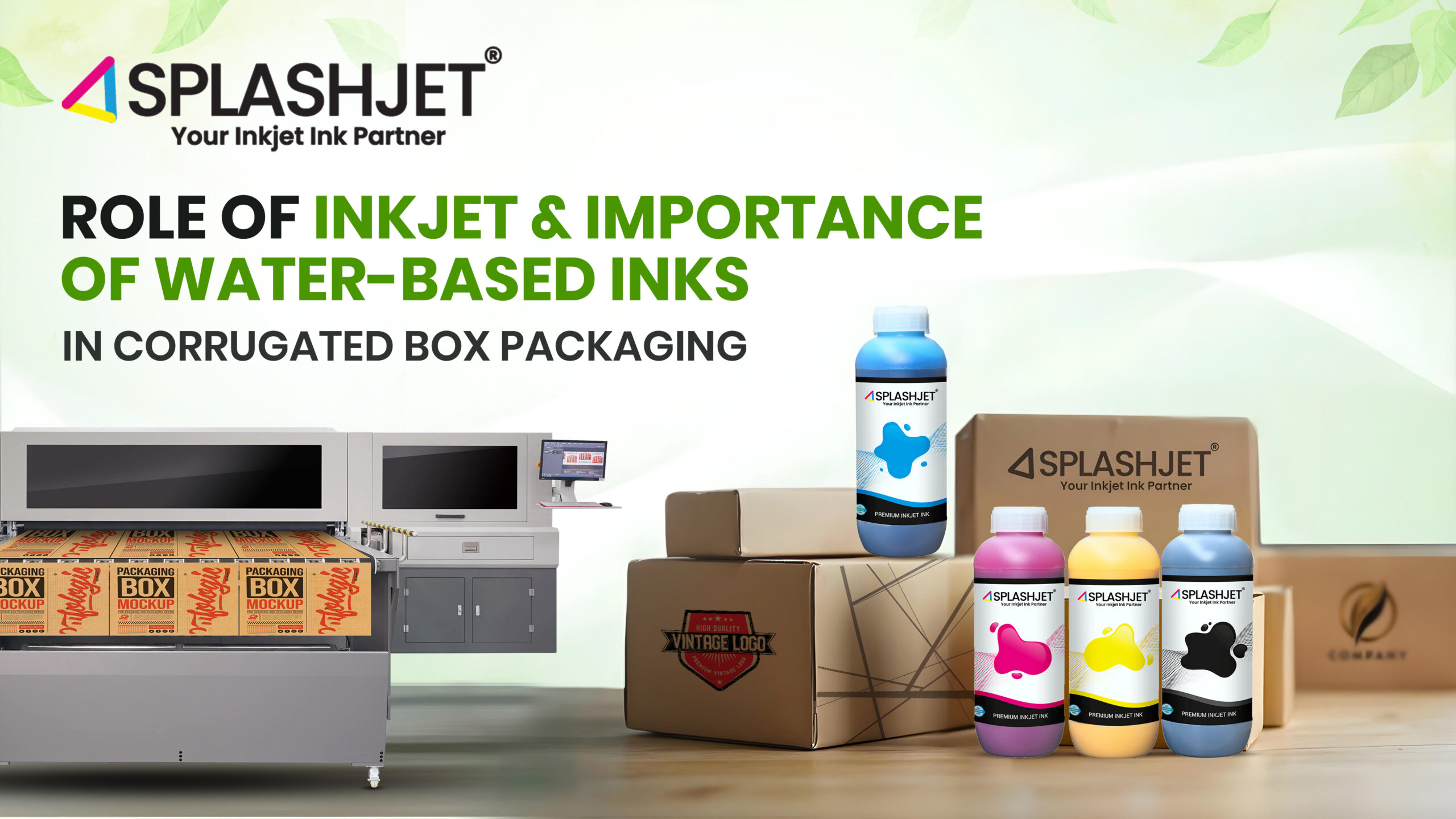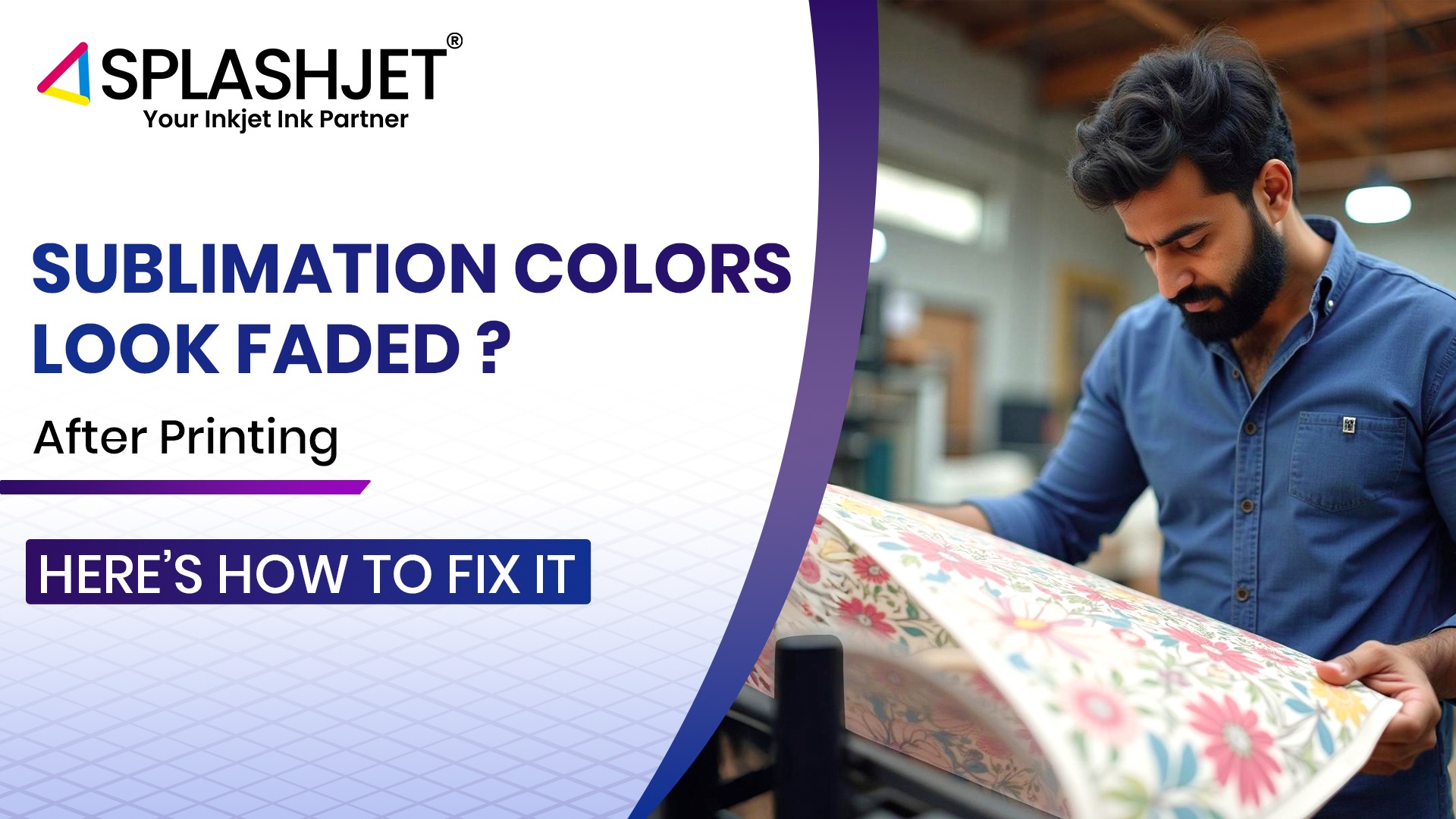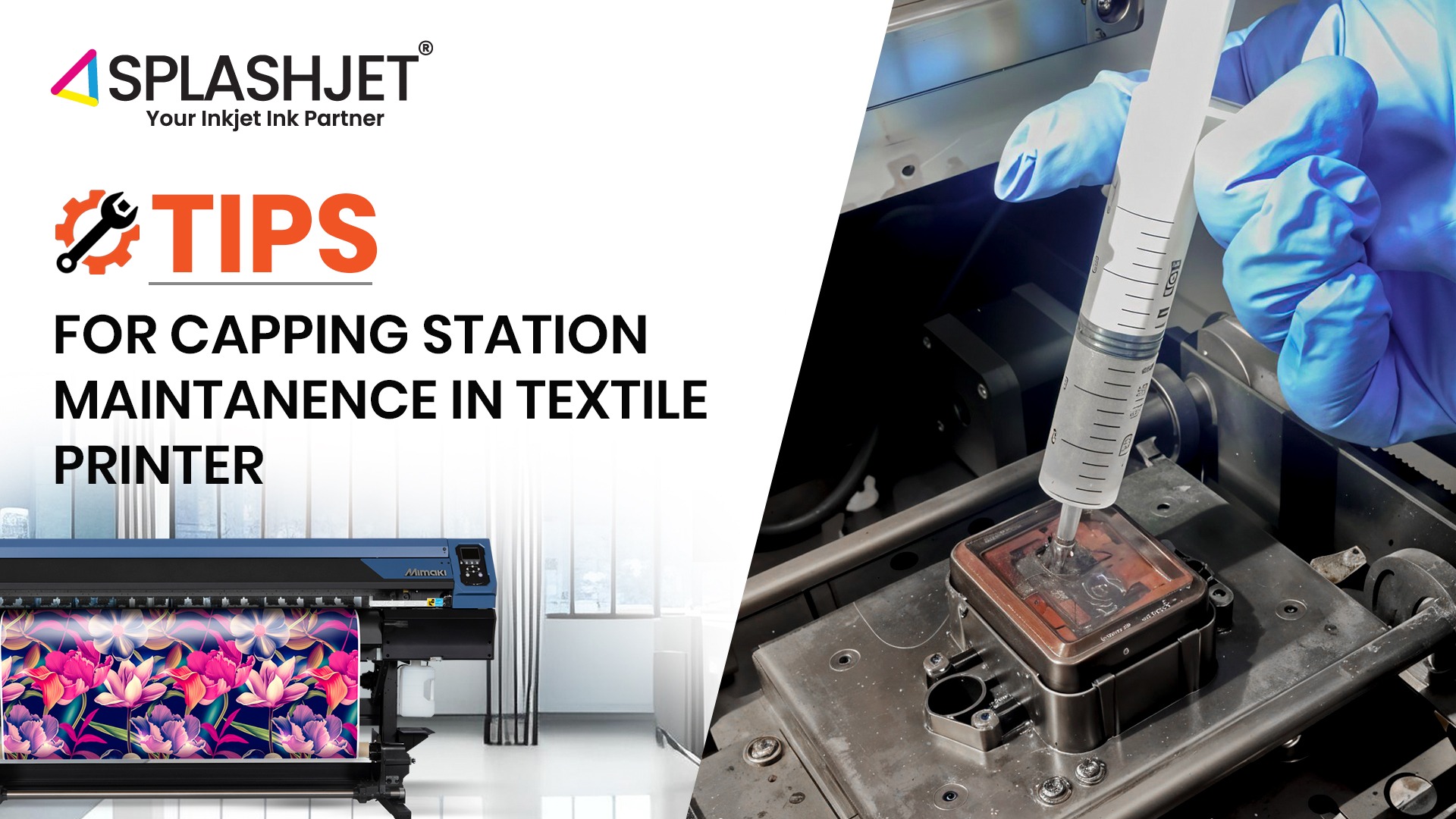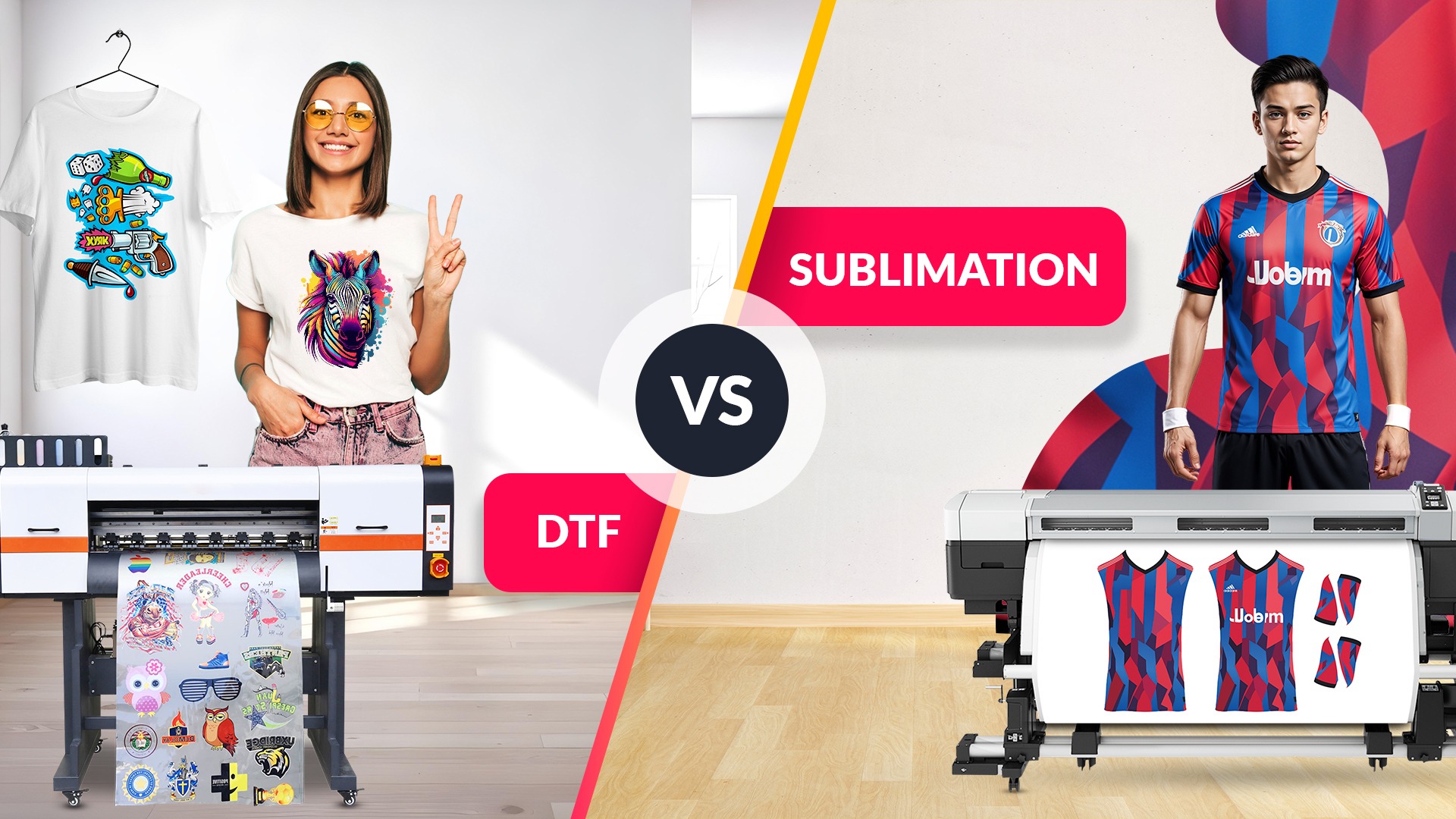
In the evolving landscape of sustainable packaging, how can one achieve vibrant, high-quality prints while maintaining speed and efficiency?
The secret lies in the chemistry of ink. Aqueous (water-based) inkjet technology is redefining corrugated box printing, offering precision, durability, and eco-friendly advantages that conventional inks struggle to match.
As ink innovators, Splashjet is at the forefront, engineering advanced formulations that optimize print performance and unlock new possibilities for packaging. In this article, we will decode the science behind aqueous ink, exploring its role in inkjet technology, its impact on packaging, and why a custom approach matters for the future.
Role of Ink in Inkjet Packaging?
Inkjet technology has become a vital component of modern packaging, offering precision, efficiency, and versatility. However, its success relies not only on the technology itself but also on the quality and formulation of the ink used. Ink plays a critical role in ensuring high-resolution output, compatibility with diverse substrates, and the flexibility required for short-run production.
Inkjet printing operates by spraying tiny droplets of ink through fine nozzles onto substrates, creating sharp and vibrant prints. Designing ink for inkjet applications presents unique challenges, as it must flow seamlessly through ultra-small nozzles while maintaining consistency and reliability. Achieving this requires meticulously engineered formulations, utilizing fine-tuned raw materials that ensure optimal viscosity, surface adhesion, and drying properties.
In corrugated box printing, the ink must deliver durability, color accuracy, and adherence to various surfaces, ensuring superior print quality while meeting packaging industry standards. With the right ink formulations, businesses can achieve enhanced print performance, efficiency, and sustainability in their packaging processes.
Why Aqueous Technology Matters in Inkjet Packaging
In inkjet packaging, the choice of ink technology plays a critical role in meeting the diverse demands of different substrates and applications. Two broad substrate categories dominate the packaging landscape: fibre-based and filmic materials. Fibre-based substrates include corrugated boards and folding cartons, which are ideal for corrugated box packaging. Ink partially absorbs into the surface of these materials, ensuring perfect adhesion and drying. Folding cartons offer high image quality and excellent color vibrancy, making them highly compatible with folding and converting processes. Additionally, they comply with the Indirect Food Contact (IDFC) standards of India. On the other hand, corrugated packaging prioritizes functionality and cost-effectiveness over image quality.
While UV-curable inks provide fast curing and excellent adhesion on non-absorbent surfaces, achieving IDFC compliance is more challenging. UV inks are often viewed cautiously in food-related applications due to historical safety concerns. In contrast, aqueous inkjet technology makes it easier to meet IDFC compliance, delivers a thin ink film suitable for lamination, and offers good flexibility and foldability.
Filmic substrates, which include plastic films used in flexible packaging and labels, do not absorb ink. This means that all image control must occur on the surface, making ink and primer formulation critical. These substrates may expand, shrink, or distort under heat or pressure, necessitating inks that remain flexible, maintain adhesion throughout the lifecycle, and deliver high image clarity, mechanical durability, and strict IDFC compliance.
Designing aqueous inks for filmic substrates is particularly challenging due to poor surface receptivity, as plastics tend to repel water. As a result, specialized primers are required to ensure ink performance meets high industry expectations.
The global packaging industry is undergoing a dynamic shift, driven by evolving consumer demands, sustainability goals, and rapid technological innovation. At the heart of this transformation lies inkjet technology—redefining how packaging is designed, printed, and delivered. In the next part of this series, we will explore the cutting-edge advancements in corrugated box printing ink, including custom approaches to packaging, recyclability, migration compliance, and where Splashjet’s Carton Box Printing Inks stand in this evolving landscape.


